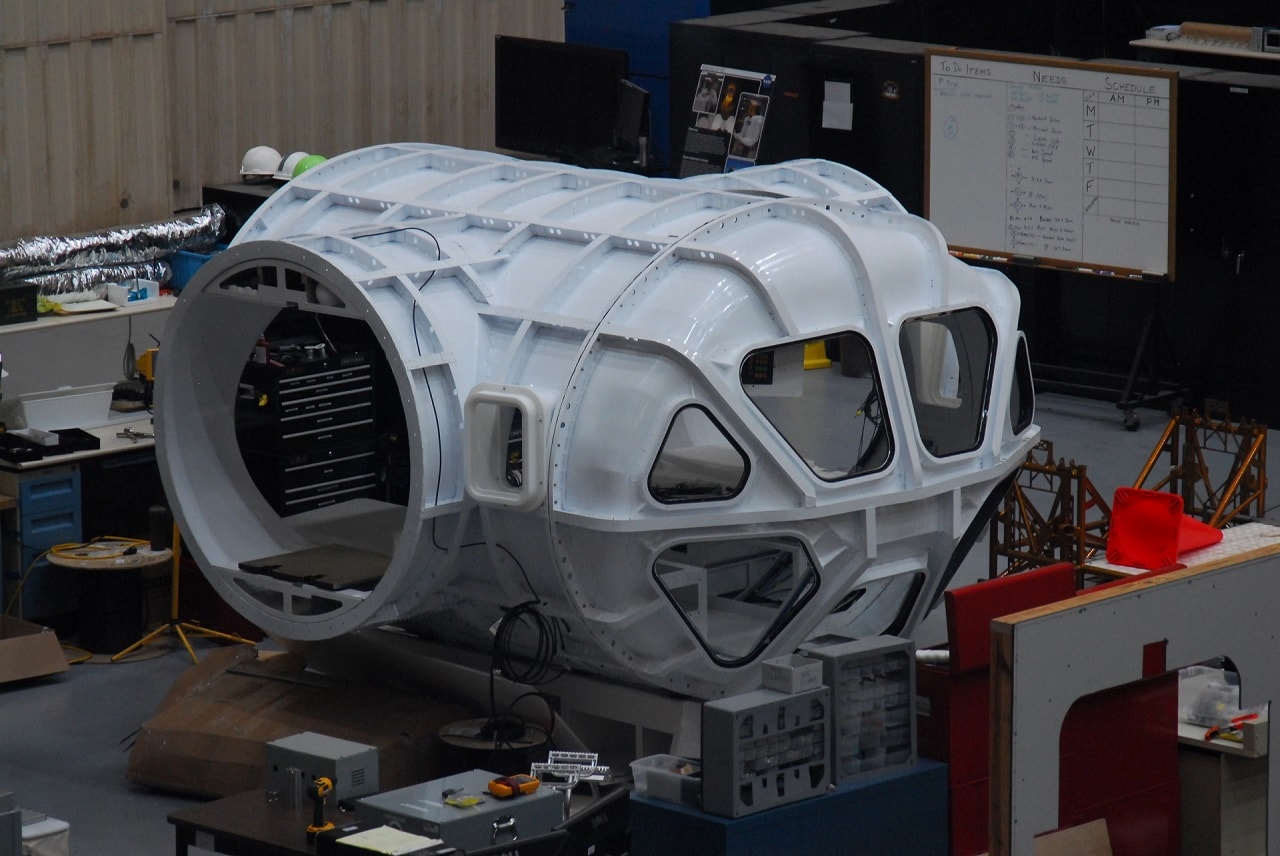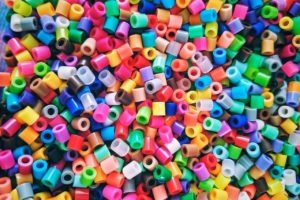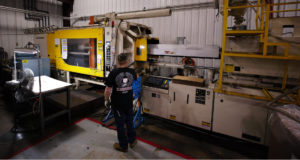Plastics are everywhere and used in almost everything. They’re so common that you might think their design process is as simple as storing last night’s supper in a plastic container. The reality, however, is very different.
Effective plastic injection mold design requires broad considerations and can vary substantially across product types. There’s much more to the process than simply creating a 3D rendering and building a mold based on that model. There are many design elements to examine along the way. An in-depth plastic prototyping phase allows one to explore designs and validate elements. Ultimately, this process should lead to manufacturable plastic parts that are reliable, durable, and up to rigorous standards.
Why Is Plastic Prototyping Important?
Prototyping allows manufacturers across industries to explore designs for everything from agricultural equipment to consumer products. A thorough prototyping process lays the foundation for future manufacturing success. The functions of plastic prototyping include:
- Validating the functionality or feasibility of the design: A prototype one can physically hold or manipulate can reveal what works, what doesn’t, and what changes you need to make to achieve the proper function.
- Evaluating the potential for transitioning metal part designs into plastics: Plastic prototypes provide a cost-effective and efficient way for companies to evaluate whether they can and should switch from metal part designs to plastics.
- Identifying potential manufacturing or design issues: Prototyping provides an opportunity to find problems and develop solutions without the commitment of large-scale manufacturing.
- Exploring options for surface finishes or other cosmetic elements: Plastic prototypes are ideal for testing new designs as they are cost effective and can be produced rapidly.
- Gathering feedback: Plastic prototyping gives companies the opportunity to assess and evaluate design, which may yield better ideas or constructive criticism that improve the overall product design.
- Setting the stage for successful manufacturing: Plastic prototyping enables companies to validate a prototype design before moving into the next phase of the manufacturing process, reducing the potential for errors or the possibility of rework.
Advantages of Choosing Plastic Prototypes
Plastic materials are ideal for prototyping because they provide a dependable indication of how the part will function in production. In general, a plastic part will function the same way in production as it did in prototyping. In addition to its dependability, plastic is ideal for prototyping because:
- Numerous types of thermoplastics are available for prototyping, including nylon, polycarbonate, polypropylene and others.
- Thermoplastic is the material of choice in additive manufacturing technologies such as 3D printing and is still popular for early prototypes.
- Plastic is a popular material selection choice in many industries and is commonly used for prototyping in the aerospace, automotive, and medical device sectors, all of which require reliable prototyping materials that have been tested and proven to be effective.
- Working with plastic can lead to a shorter lead time for prototype completion, which keeps projects on schedule.
Key Considerations for Plastic Prototypes
Most businesses require rapid prototyping to evaluate product and process effectiveness while ensuring that products stay on track. Without a reliable prototype, you might spend considerable time, effort and money on mold tooling that doesn’t produce the desired results. Starting with the appropriate materials pays dividends when your molds produce high-quality parts throughout a run.
Know Your Options for Rapid Plastic Prototype Manufacturing
Several modern technologies make prototyping faster and more accessible to businesses today. For example, different forms of 3D printing are increasingly popular for prototyping plastic parts. 3D printing offers reliable turnaround times and lower input costs to produce prototypes, making it a popular method for iterating on a design through multiple prototypes. Costs remain lower even with the opportunity to test more than one design.
CNC machining is also widely used in plastic prototyping. This method offers production speed similar to 3D printing by using computers to precisely control equipment that machines plastic materials into shape. A unique benefit to a CNC machined plastic prototype is the opportunity to work with materials closer to what you’ll use in mass production. Compare that to 3D printing, which uses specific resins designed to pass through the printing nozzle more easily. CNC machining can help you expose design faults early for correction and improvement.
Material Selection for Plastic Prototyping
The materials selection process will directly impact the ease of the molding process and the quality and reliability of the plastic parts they produce. Choosing the appropriate resin should involve balancing different considerations, such as raw material cost, ease of access to those materials, and perhaps most importantly, the material’s physical properties.
Remember, you must consider the resin’s response to temperature stresses and how it may interact with other elements used in production, such as aluminum or other plastic materials. Real-world impacts on material choice matter, too, from designing pet-safe products to withstanding the heavy impacts faced by sports equipment.
An experienced plastic injection molding firm like Reliant Plastics can help you select the appropriate materials for any project with an in-depth design guide.
Keep Edge Thicknesses in Mind
Edge thicknesses matter more than you might think. A prototype part with inconsistent wall thicknesses could be susceptible to developing voids and incomplete injections, leading to failures. Likewise, corners and other weak points must be thick enough to counteract manufacturing stresses without deforming. Corner thicknesses, for example, should fall within a range of 0.9–1.2 times the intended size of the part itself.
Preventing defects in the manufacturing process helps ensure the lowest number of rejects in every production run. Achieving that goal starts with clever component designs. Working with a plastic prototyping service will help validate your design and see whether you can obtain the appropriate thicknesses in your design’s current form.
Don’t Overlook Gate Placement
Gates are the places on a mold where high-pressure molten plastic is injected into the mold cavity. Gate placement is an essential design consideration. There are no set rules for where to place the entry points during plastic injection molding. Therefore, planning their placement during the prototyping process is critical.
Each part should receive an adequate resin flow through the entire mold rapidly. When liquid resins take time to penetrate the whole mold, defects are more likely to develop. Cooling then takes place at irregular rates, producing a defective part. Computerized mold flow analysis and prototyping are vital tools for this stage.
Ensure a Smooth Mold Ejection
Use plastic prototyping services to plan designs that exit molds smoothly. When a mold separates, it should effortlessly eject the finished component. Otherwise, production bogs down and lead times increase. The plastic injection molding machine might even damage parts that don’t eject properly.
The vertical angles of your component should approach a 1- to 2-degree taper to allow the part to exit the mold smoothly. Adding segments to the walls of the part that will pull the unit out of the mold is also helpful. Secondary operations and finishing make removing excess plastic simple.
Find Experienced Guidance With Reliant Plastics
Many considerations go into creating plastic components that are easy to manufacture and meet high-quality standards. Remember that additional engineering limitations and boundaries should be considered beyond those detailed here.
With a trusted partner such as Reliant Plastics, a leading plastic prototyping manufacturer in Texas, you can tap into a guided design process that results in molds and components that thoroughly meet your specifications. Contact us today to learn more about how Reliant Plastics helps produce better part designs.




